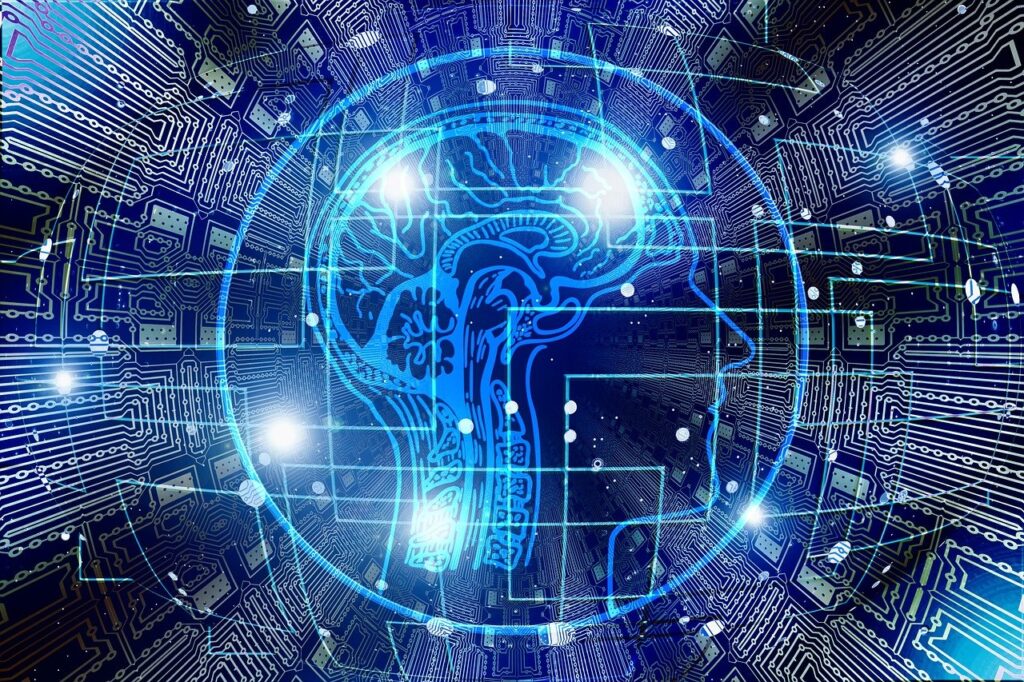Some call it scaremongering, while others see it as a trigger for change, but whichever way you look at it, predictions that artificial intelligence will swallow up a staggering 300 million jobs are sending shock waves through every sector of industry.
The hype around generative AI led to the CEO of IBM recently announcing a pause on hiring for roles that he believes could soon be replaced by AI over a five-year period – approximately 7,800 jobs.
Some corporations are exploring AI as an opportunity to increase workforce productivity, but more concerning, however, is that some may take impulsive action with employee reductions while not fully understanding AI’s limitations and optimal use.
Counter to the hype; I believe AI is not always the best substitution for employees. AI should be recognized as a means of assisting employees and augmenting their roles with new digital tools that will enable your company to increase efficiency and customer value.
Here are three examples of how AI can work for your staff and your business.
Streamline customer acquisition
Many companies lose customers before fully getting them onboard simply because the online registration process is too complicated and doesn’t have enough of a human element. Yes, people still want a real-life person to talk to, according to a recent survey, which also showed that more than a quarter (29%) drop out of digital onboarding due to the process taking too long. Customers don’t like spending too much time inputting data. This is where AI can be used to assist employees and customers.
Whether pictures of IDs and identity-proofing documents are sent via email or phone, document AI skills can quickly retrieve, read, and understand relevant information so it can be automatically used within the customer-facing business process and speed up the onboarding process. Employees are relieved of manual data entry while reducing errors, increasing efficiency, and being more responsive to customers. Likewise, customers have a simpler way to send ID-related information to sign up for a new service or product – all thanks to a joint AI/human partnership.
Improve customer experience
The use of generative AI like ChatGPT provides opportunities to improve the customer experience by reducing wait times and providing quick and accurate responses to queries. To clarify, generative AI is a natural language processing (NLP) model that uses deep learning algorithms to generate human-like text responses to user queries. It needs intelligent document processing (IDP), which uses optical character recognition (OCR) and machine learning technologies to extract data from various types of documents, including invoices, purchase orders, contracts, and more, to develop an answer.
Data extraction can be fed into ChatGPT, which is trained to respond to user queries related to the extracted data. For example, a customer may ask a question about a particular clause in a contract. ChatGPT is able to understand the user’s query and provide a relevant and accurate response faster and augment the employee’s role since human-in-the-loop is recommended. The ability to leverage business and customer information to generate intelligently automated responses creates higher value experiences than making customers wait days for a response or engaging with a basic chatbot.
Delegate repetitive tasks
Today’s business analyst is quite happy to work alongside a digital assistant to make their role easier. In fact, many already are – and long before ChatGPT arrived on the scene. According to research in 2020, software robots were being used by 46% of staff, who reported that they spend up to two hours a day with them and estimate that they save them an average of 26 hours a week in productivity.
A business function where AI can augment knowledge workers the most is with invoice processing. According to Levvel Research, the greatest pain point for 79% of enterprises is manual data entry and inefficient processes with accounts payable. The most complex invoices often have hundreds of line items and pages with multipart tables in unstructured formats and multiple languages. AI can identify, understand, and classify data within invoices with up to 95% accuracy and automatically process them 81% faster than humans. It increases employee productivity by up to 400% and lowers invoice processing costs by 91%. Again, human-in-the-loop is critical for handling exceptions and offering customer care, unlike AI can.
There is no doubt that some tasks will be replaced by AI, but fears that AI is totally replacing people is largely hyperbole. The industrial revolution saw similar concerns when the growth of machinery actually led to new employment opportunities. The same applies today. However, it’s important to note that one of the main reasons for intelligent automation project failure is that employees are not being trained well enough. Business leaders need to upskill their workforce instead of replacing them with technology, or else they could face an even worse skills shortage in the future. It’s time that organizations embraced the future of work by understanding the role AI plays alongside employees.
- Should Enterprises Replace Jobs with AI? - July 19, 2023
- Is Process Intelligence the Crystal Ball We Need for Business Optimization? - February 7, 2023




Comments are closed.